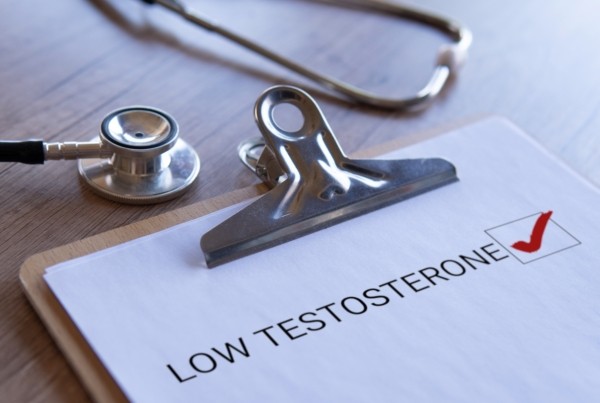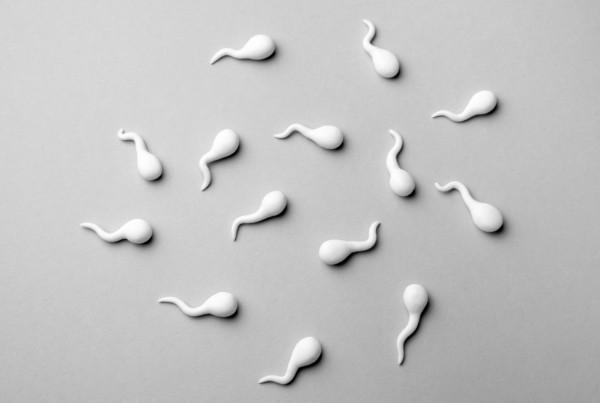An infertility diagnosis is often hard to come to terms with – but you’re not alone. About 9% of men of reproductive age in the US have experienced fertility problems. In this article we’ll look into the treatment options available to treat male infertility.
The ideal treatment option for you depends on what is causing your infertility. Your urologist’s goal is to fix the cause of infertility through lifestyle changes, drugs, or surgery to allow conception to happen naturally. In cases where pregnancy isn’t achieved, assisted reproductive technology is often the next step.
Non-surgical treatments for male infertility
Drugs are the first line of action to treat anejaculation (when no semen is released at climax), and retrograde ejaculation (when semen flows back instead of out of the penis). If the treatment for anejaculation doesn’t work, you may be offered electroejaculation to induce ejaculation or penile vibratory stimulation to help get a natural climax. Sperm may also be retrieved directly from the testicle with a needle. This is called Testicular Sperm Aspiration.
Surgical treatments for male infertility
Varicocelectomy
Varicoceles are swollen veins in the scrotum area and they can limit sperm movement and affect sperm quantity and quality. The two most common surgeries to treat varicoceles are microscopic varicocelectomy where a 1 cm cut is made above the scrotum and all small veins are tied, and laparoscopic varicocelectomy. During the latter, the surgeon inserts thin tubes in the abdomen and the swollen veins are cut and sealed. Both are done under general anesthesia.
Microscopic testicular sperm extraction
MicroTESE is a procedure where sperm is retrieved directly from the testis. The procedure is recommended when there is a sperm production problem or azoospermia (no sperm in the ejaculate).
Assisted Reproductive Techniques
Assisted reproductive technology (ART) is an option when other preliminary treatments fail. These include:
Intrauterine Insemination (IUI): Sperm is placed directly into the uterus, using a tube. IUI is an option in cases of a low sperm count or issues with sperm motility (how sperm moves).
In Vitro Fertilization (IVF): the female partner’s eggs are retrieved and fertilized with sperm in an IVF lab. After 3 to 5 days, the embryo is transferred into the uterus. Your doctor may also suggest intracytoplasmic sperm injection (ICSI), especially if you have poor semen quality and/or you’re using frozen eggs. In ICSI, a single sperm is injected into the egg to improve chances of fertilization.
Receiving an infertility diagnosis doesn’t mean you can never be a parent: great advances have been made in fertility treatments and assisted reproduction. Do your research, ask all the questions, and keep an open mind about the path forward. Good luck!
Eager to learn about your sperm health? The Yo At Home Sperm Test offers a private and discreet way to learn more about your fertility. Find out how it can help you on your journey to parenthood, here.







